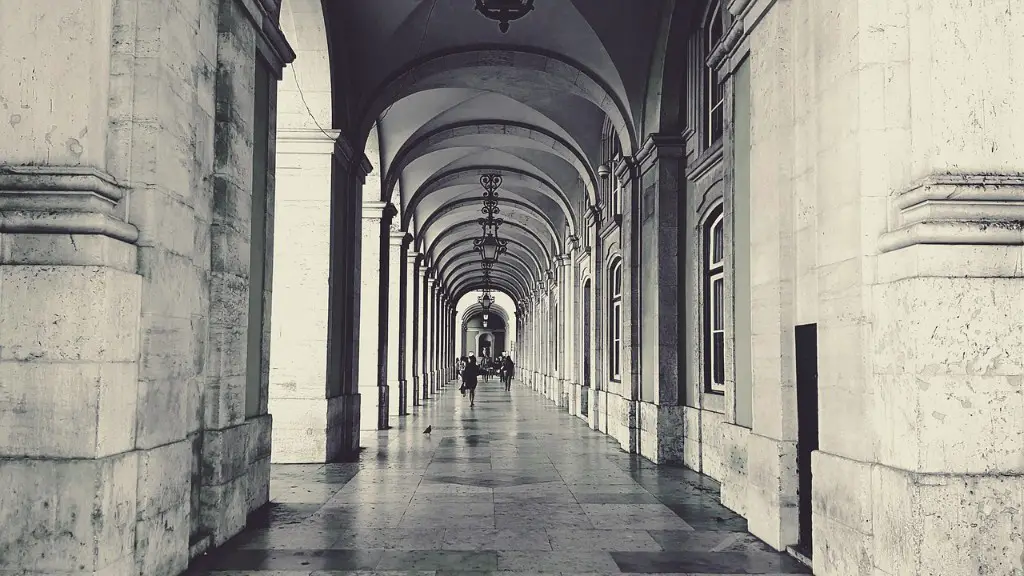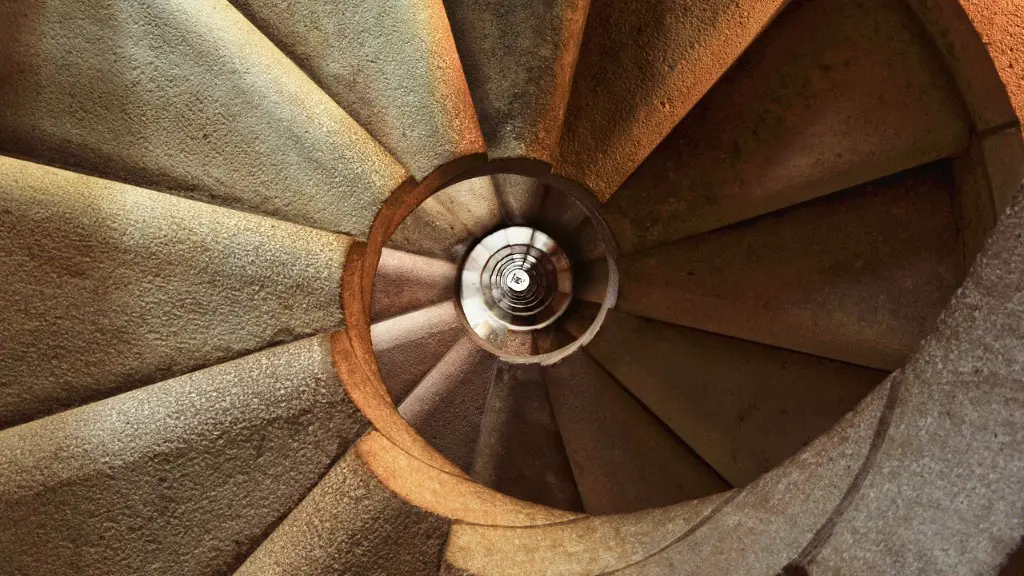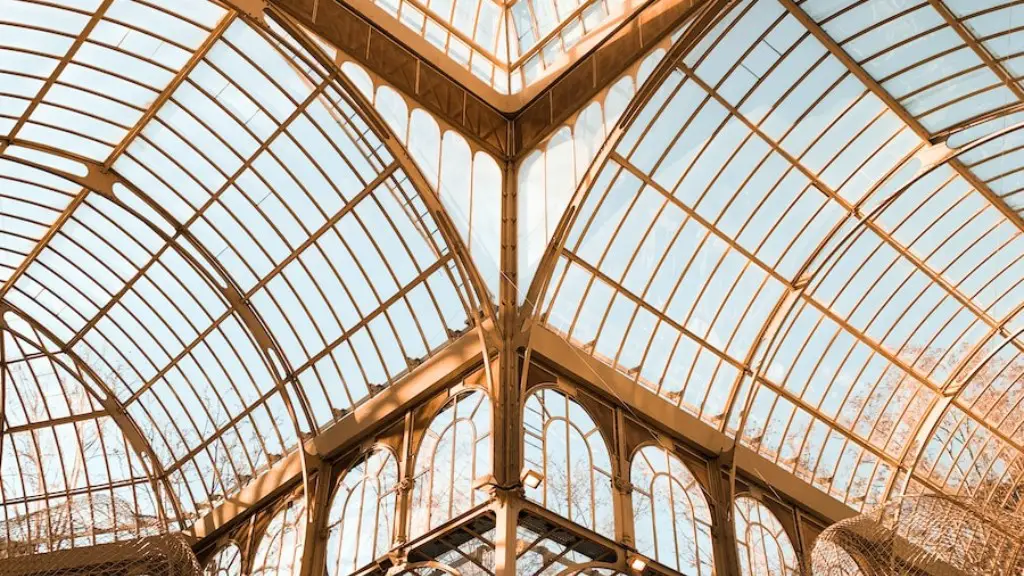What Does The Alhambra Show Us About Islamic Architecture
The Alhambra palace in Granada, Spain, has been regarded as one of the most iconic examples of Islamic architecture since it was constructed in the early 13th century. Throughout its history, the palace has served as a display of Islamic art and architecture, while also exhibiting a unique insight into the golden age of Islamic Spain. Spanning 3.5 hectares, the palace complex is composed of ample courtyards and lush gardens, majestic arches, intricately decorated ceilings, and immaculate tiled walls.
Symbolism of The Palace
One of the most recognisable aspects of Islamic architecture found in the Alhambra palace is the symbolism of its components. From the Generalife gardens which were representative of the paradise gardens of Heaven, to the pináculo of the Patio de los Arrayanes, intended to symbolise the uplifting of the soul after death, every area of the palace makes an effort to emulate spiritual truths and events. Furthermore, much of Islamic architecture also exhibit elements of geometry and nature, which can be found in the intricate carvings, sculpted woodworks and intricately packed tiles that decorate the Alhambra palace walls.
Influence of the Nasrid Dynasty
The Alhambra palace was constructed under the rule of the Nasrid dynasty of Islamic Spain from 1238 to 1492. During this period, the focus on artistic and architectural excellence was ongoing and the palace is often thought to display much of this grandeur. The amalgamation of Classical and Islamic architecture styles highlights the colourful and rigorous palette adopted by the dynasty as a method of artistic expression of religious faith. Additionally, the focus on air ventilation, utilisation of high ceilings, and the development of a courtyard system are all improvements that are accredited to the Nasrid dynasty rule, making them a profound influence on the architecture found in the Alhambra palace today.
Architectural Features
Complex stucco-work is also a major feature of the palace, with patterns carefully carved into the walls to form a variety of vibrant designs. Light and shade also play an important role in Islamic architecture, reflecting the importance of the role of nature in Islamic practice. Elements such as elaborate windows and certain arcs provide glimpses of the world outside while granting privacy at the same time. Furthermore, built-in water systems or fountains are all components of Islamic architecture that are seen throughout the palace.
Effects of Time
Despite having been constructed centuries ago, much of the Alhambra palace remains preserved to this day. This is largely due to the influential conservation project that was rolled out from the 1940s which focused on renovating and preserving the ancient Islamic site. This can enable us to get a real insight into the history and lifestyle of Islamic Spain, affording viewers the chance to experience and gain a greater understanding of one of the most impressive examples of Islamic architecture.
Controversy and Religious Significance
The Alhambra palace has also caught the eye of many political figures throughout its history, most recently in the Spanish civil war when it was order to be destroyed by General Franco as an attempt to erase the country’s Islamic past. However, it was luckily spared, while it also served as an important symbol of Andalusian culture, identity and religion.
Notable Architects
Since the inception of the palace in the 13th century, the Alhambra has become home to a variety of architects and builders who have contributed to the palace and given it its unique aesthetic. Prominent Islamic architects such as Ahmad Al-Munir, who was hired by Yusuf I to help complete the architecture of the Alhambra, Abd al-Jabir al-Mansur, who was employed by Mohammed V, and Muhammad ibn Musa, who reconstructed parts of the palace, have all left an important imprint on the Alhambra to add to its magnificence and grandeur.
Elements of Nature
In the hours spent enjoying the gardens, pools and courtyards, what often gets overlooked is the ideology of Islamic art and architecture, which revolve around elements of nature. From the symbolic oranges which stand to remind visitors of paradise, to the highly decorative stucco with impressionistic depictions of trees, animals and birds, every aspect of the palace takes on an important tie to the flowers, plants, trees and birds that make up much of its environment.
Conclusion of the Islamic Legacy
Regardless of the views and opinions of its many visitors, the Alhambra palace continues to be one of the greatest examples of Islamic architecture. Its profound presence throughout the ages and its unique position as an important symbol of Islamic culture, have granted it a place on the bucket lists of many travellers, perpetuating its place in people’s hearts and minds for many years to come.


